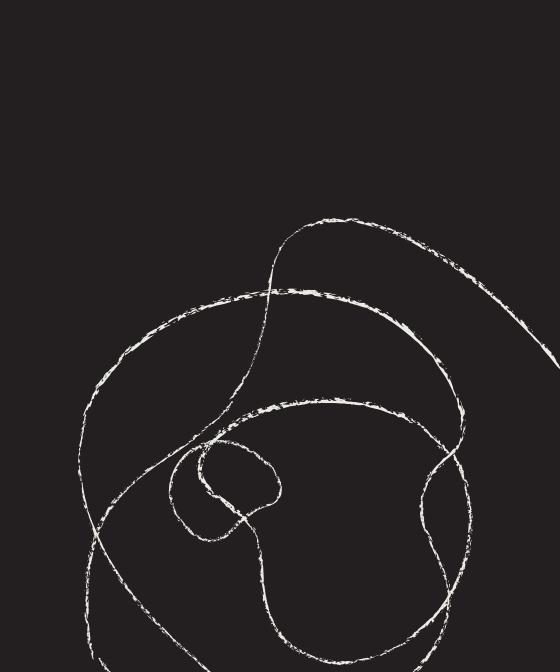The blue tansy grows luminous and yellow on the late summer fields of northern Morocco. And no, that mention of ‘yellow’ isn’t a typo, but rather one of nature's many marvels. Only through a process of steam distillation can we ensure that the bright blue colour of the sea emerges from the plant’s sunny yellow flowers, a property which has brought the plant much fame well beyond just Morocco.
The treasured oil of the blue tansy can have many different applications. Thanks to its alleged emotionally balancing effect, it’s used in aromatherapy, and thanks to its supposed skin benefits, it’s also used in many high-quality cosmetics. Read on to find out more about how blue tansy oil is produced and what it can do.
Preparing blue tansy oil
Each year between August and October, the blue tansy — or Tanacetum annuum in Latin — ripens and reaches its fruit maturity. At just 40 centimeters, it is barely knee-high.
The plant contains a specific type of terpene called matricin that is synthesised through gentle steam distillation into an aromatic chemical compound called chamazulene, which is what gives blue tansy oil its wonderful indigo colour. This technique separates the essential oils from the rest of the plant, without burning or otherwise damaging it. The resulting oil is extremely valuable, as it takes 3-4 kilograms of fresh blue tansy flowers to produce just one gram of oil [1].
The blue tansy flower is sometimes confused with the conventional tansy, also known as Tanacetum vulgare and Chrysanthemum vulgare, as they look deceptively similar at first glance. It’s not for nothing that both Latin names for the regular tansy contain the word ‘Vulgare’, which literally means ‘common’. In fact, the common tansy is much more widespread than the blue tansy and is often found in Central Europe. Yet its effects are far different from those of the blue tansy.
In the past, the common tansy had been used to fight rootworm and other parasitic diseases that can enter the body, which is why it’s commonly referred to as ‘wormwood’. That said, when ingested, especially in large quantities, the common tansy can be harmful to the body, so there are now other, better ways to treat these diseases.
The common tansy, when prepared into a brew, is still popular at present time as a natural remedy to drive away flies and pests.
But back to the blue tansy and those luminous Moroccan fields...
The blue tansy in aromatherapy
The blue tansy’s slightly earthy scent has been described as ‘extremely intense, sweet, green and fruity with mildly fresh, camphor-like overtones’. Among those in the aromatherapy field, the oil is said to promote emotional stability, flexibility and rejuvenation. It’s also rumoured to calm the mind and stimulate relaxation [1].
The blue tansy essential oil in skincare
The chamazulene that’s synthesized during the distillation of the blue tansy oil has antioxidant properties that might be effective in combating free radicals in the body. This is all the more important because free radicals — such as those produced in the skin after exposure to UV light — contribute to making skin aging more visible. While sufficient sun protection, especially in the summertime, is key, research suggests that the skin might also benefit from a topical application of antioxidants [2].
The antioxidant properties of the blue tansy, hence, make it an even more appealing addition to our beauty cabinet. Even sensitive skin might benefit from blue tansy oil, which can supposedly relieve itching and provide relief for irritated skin [1].
Needless to say, it was this combination of beneficial effects that had us reaching for blue tansy oil as well. Experience the plant’s beneficial effects firsthand with our The Glow face cream, which now boasts lab-proven anti-inflammatory properties too.
And, of course, with its calming aromas, the treasured blue tansy likewise merits a place in our bedtime beauty regimen, which is why it can be found in our relaxing night cream The Good Night .
Sources :
[1] Aromatica Volume 1: A Clinical Guide to Essential Oil Therapeutics, pages 149-155:
https://books.google.es/books?id=k8p1CwAAQBAJ&lpg=PP1&dq=Aromatica%20Volume%201%20A%20Clinical%20Guide%20to%20Essential%20Oil%20Therapeutics.%20Principles%20and%20Profiles%20%C2%B7%20Band%201&pg=PA6#v=onepage&q&f=false
[2] Free Radicals and Extrinsic Skin Aging
https://www.ncbi.nlm.nih.gov/pmc/articles/PMC3299230/

